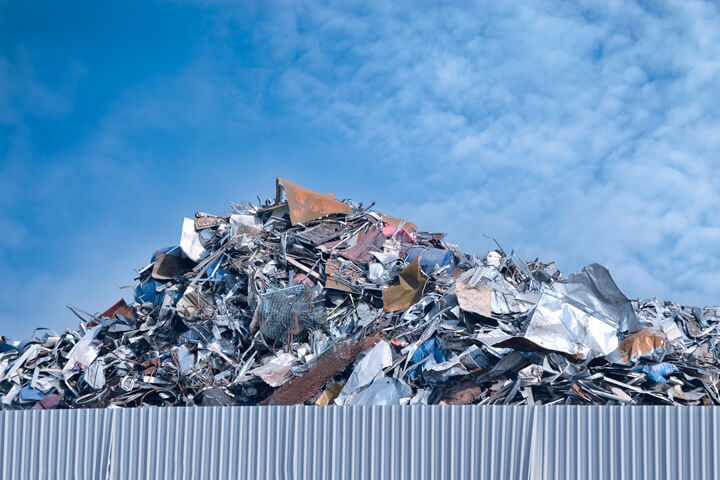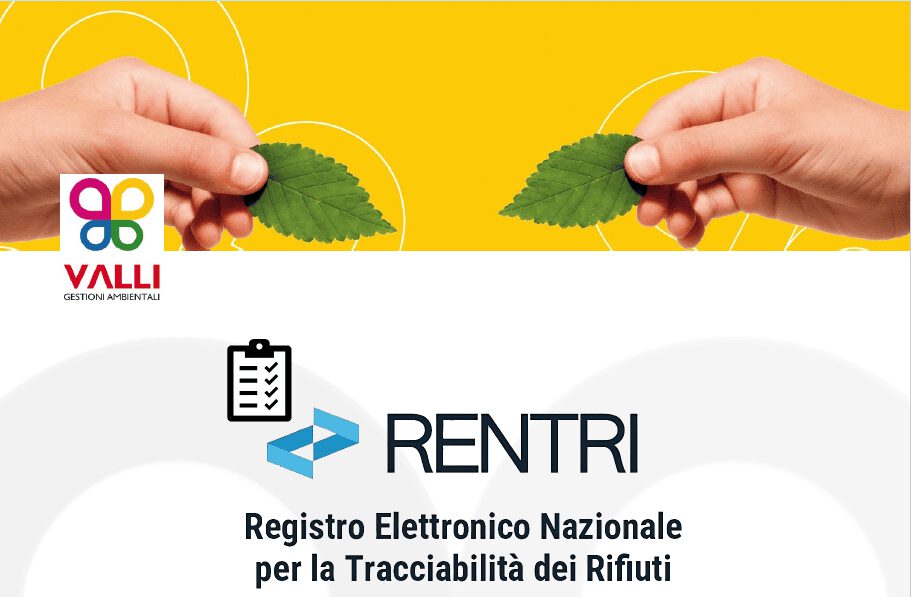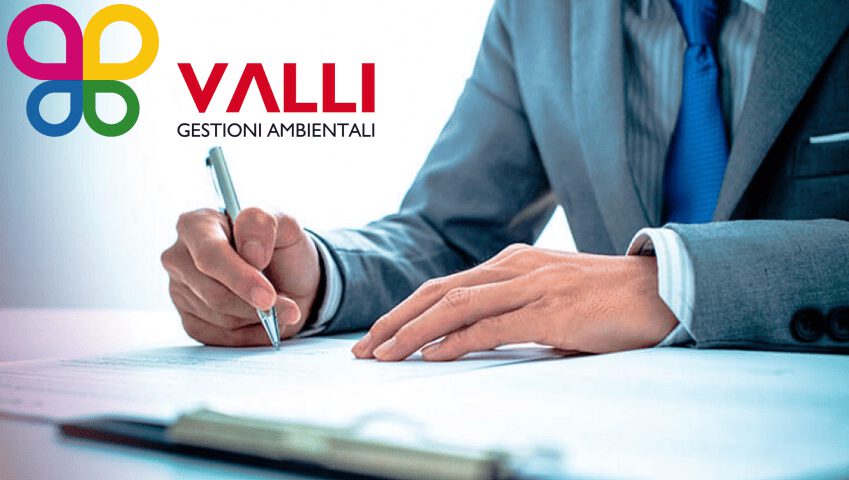In this article
- Waste Classification: Definition and Regulations
- Not only Urban or Special Waste but also degree of hazard
- Identifying waste: the European Waste Catalogue (EWC)
- What are the differences between hazardous and non-hazardous waste? Hazard Characteristics Ranking
- Classification of municipal or special waste? Differences
- Update of the Municipal Waste Legislation that includes and assimilates special non-hazardous waste
- What is Special Waste? The Standings
- Special Waste Regulations: what to provide for and how to classify the types of waste
- Our Waste Transport and Disposal Services by Category
Waste Classification: Definition and Regulations
For companies or individuals who find themselves having to dispose of waste, it is good to know that Italian legislation provides for a precise classification of waste, starting from the following general definition:
‘“waste” means any substance or object which the holder discards or intends or is required to discard‘. Article 183, paragraph 1, letter a), Legislative Decree 152/2006)
As established by art. 184, paragraph 5, of Legislative Decree 152/2006, “The correct attribution of the Waste Codes and the hazardous characteristics of waste is carried out by the producer […]‘, before the waste is removed from the place of production.
Article 183, paragraph 1, letter f) of Legislative Decree 152/2006 defines the “waste producer” as follows: “[…] the person whose activity produces waste and the person to whom that production is legally attributable (initial producer) or any person who carries out pre-treatment, mixing or other operations that have changed the nature or composition of that waste (new producer)‘.
The producer can use accredited laboratories for the characterization of the waste.
The correct classification of waste is of fundamental importance as it is a necessary premise for its correct management.
Not only Urban or Special Waste but also degree of hazard
Waste, according to the provisions of art. 184, paragraph 1, of Legislative Decree 152/2006, must be classified according to its origin in:
- Municipal waste
- Special waste
and, according to the characteristics of hazard, in:
- hazardous waste
- non-hazardous waste.
The waste classification is then completed by assigning the most suitable code of the European Waste Catalogue (EWC) to the waste, recently called the European Waste List (EER), based on the activities and processes that generated the waste and on the basis of its hazardous characteristics.
Identifying waste: the European Waste Catalogue (EWC)
The waste producer must identify the EWC/EER code that best describes the origin and chemical-physical characteristics of the waste. This code is a six-digit numeric string in which:
- the first two digits refer to the industrial and/or waste generating category (level I)
- the third and fourth digits to the industrial sub-category relating to the individual production process or to the single sub-activity generating the waste (level II)
- the last two digits identify the specific type of waste generated (level III).
The waste is classified as “absolute” hazardous if the EWC/EER code that best identifies it is marked with an asterisk (“absolute hazardous items”).
If a waste is classified with mirrored EWC/EER codes, i.e. with a hazardous and a non-hazardous one (“mirror entries”), in order to establish whether the waste is hazardous or non-hazardous, it is necessary to determine the hazardous characteristics that it possesses. That is, appropriate investigations must be carried out to establish whether dangerous substances are present in concentrations above the limits specified in the rules on the classification, packaging and labelling of dangerous substances and preparations.
What are the differences between hazardous and non-hazardous waste? Hazard Characteristics Ranking
Hazardous waste is waste consisting of or contaminated by hazardous substances and has one or more of the following hazardous characteristics:
- Explosive
- Combustion
- Inflammable
- Irritant or for skin irritation and eye lesions
- Specific Target Organ Toxicity (also called STOT)
- Aspiration toxicity
- Acute toxicity
- Carcinogenic
- Corrosive
- Infectious
- Toxic to reproduction
- Mutagen
- Release of acute toxicity gases
- Sensitizing
- Ecotoxic
- Waste that does not directly possess one of the above-mentioned hazardous characteristics but may manifest it later
Examples of hazardous waste include waste containing asbestos, expired medicines, spent batteries, mineral wools containing hazardous substances, as well as dust and sludge, when confirmed by specific laboratory analyses.
To determine the hazardous properties of each waste, it is necessary to proceed with its correct classification and management. All hazardous waste, urban or special, must be clearly distinguished from non-hazardous waste and must be sent in separate streams for specific treatment.
Classification of municipal or special waste? Differences
Municipal waste is:
- household waste
- waste from street sweeping, maintenance of public green areas and cemetery areas
- some waste from non-domestic users.
With regard to this last point, according to the provisions currently in force, some waste from non-domestic users can be “assimilated” to municipal waste in terms of quality and quantity.
This means that the Municipality can define which types of waste, among the non-hazardous ones with a composition similar to that of household waste, agree to be collected by companies as part of the normal collection service.
Update of the Municipal Waste Legislation that includes and assimilates special non-hazardous waste
Starting from 1 January 2021, however, following the entry into force of the recent Legislative Decree 116/2020, the municipal assimilation, in terms of quality and quantity, of special non-hazardous waste to municipal waste will disappear. This decree, in fact, amended Legislative Decree 152/2006, eliminating references to the definition of “assimilated special waste” and municipal assimilation.
Furthermore, starting from 1 January 2021, additional types of waste will be included in the definition of municipal waste. In particular, special waste similar in nature and composition to household waste identified in Annex L-quarter and produced by the activities reported in Annex L-quinquies to Legislative Decree 152/2006, as amended by Legislative Decree 116/2020, will become municipal waste.
What is Special Waste? The Standings
What are Special Waste, the most common special waste is divided into 12 macro categories and are:
- Industrial Waste
- Scrap metal
- Used Oil
- Oily emulsions
- Vulcanized Rubber
- Waste WEEE or Waste Electrical and Electronic Equipment
- Mineral Wool
- Plastics divided between Thermoplastic Resins and Thermosetting Resins
- Liquid and Solid Sludge
- Guaine Bituminose
- Contaminated Soil and Rocks
- Construction Waste
Special Waste Regulations: what to provide for and how to classify the types of waste
Following the amendments introduced by theLegislative Decree 116/2020in theLegislative Decree 152/2006 pdf, are to be considered and classifiableSpecial wastealso:
- waste from agricultural, agro-industrial, forestry and fishing activities
- waste from construction, demolition and excavation activities
- waste from industrial and artisanal processing (if different from municipal waste*)
- waste from commercial and service activities (if other than municipal waste*)
- waste deriving from the recovery and disposal of waste (if other than municipal waste*)
- sludge produced by drinking water and other water treatments, wastewater purification, fume abatement, septic tanks and sewage networks
- waste deriving from health activities (if other than municipal waste*)
- end-of-life vehicles.
* As regards the management of municipal waste by non-domestic users, these users can deliver their municipal waste outside the public service to send it for recovery. In this case, the exclusion from the payment of the tariff component to the Municipality in relation to the quantity of waste delivered is envisaged.
It is important to underline that special waste assimilated to municipal waste should NOT be confused with waste assimilated to municipal waste. In fact, assimilable waste, or mixed waste assimilable to municipal waste, is defined as special waste that has characteristics and commodity composition such as to allow its recovery or disposal in plants designed for the treatment of municipal waste.
Our Waste Transport and Disposal Service by Category
If you still have doubts about how to classify your waste, you can consult the Valli Gestioni Ambientali website, or take advantage of our consulting service. Valli Gestioni Ambientali provides its services of transport, recovery and disposal of waste, recovery and disposal of mixed packaging, recovery and disposal of similar waste in a large area of Northern Italy mainly. You can find us on the web under the following headings:
- transport, recovery and disposal of waste Bergamo
- transport, recovery and disposal of waste Brescia
- transport, recovery and disposal of waste Como
- transport, recovery and disposal of waste Milan
- transport, recovery and disposal of waste Monza and Brianza,
but we also operate in the regions of Central and Southern Italy. Contact us for information and possibly take advantage of our waste transport, recovery and disposal services.




